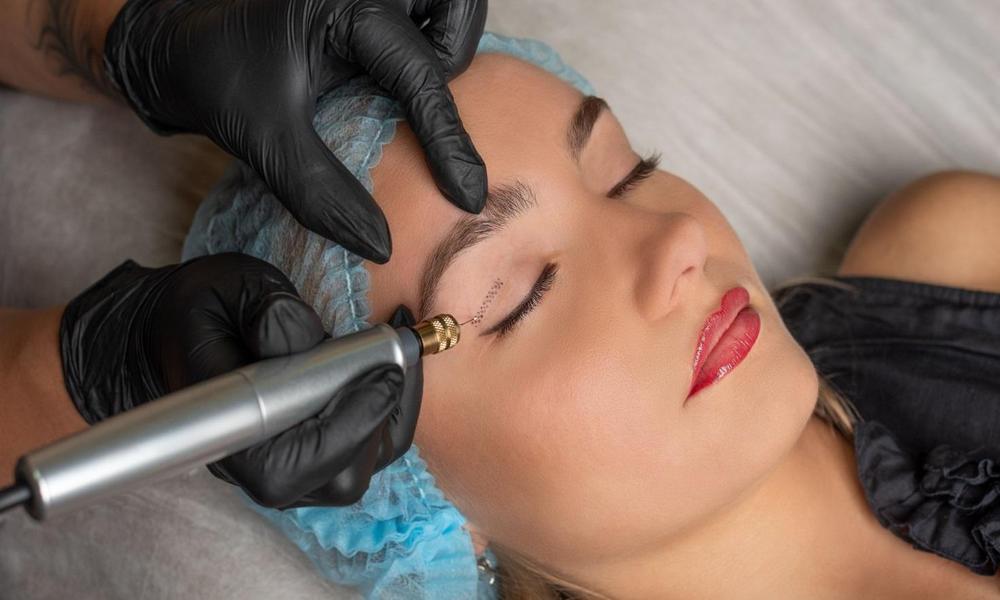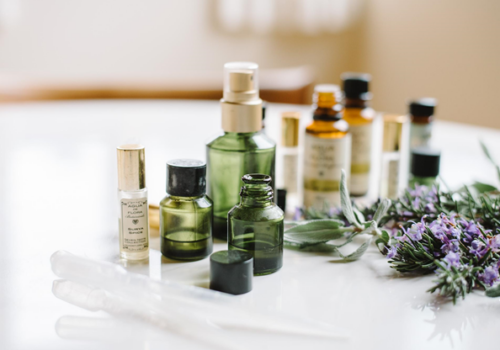Demystifying Fibroblasting: Is Plasma Pen Treatment Painful?
Are you interested in trying out fibroblasting but concerned about the pain? We’ve got you covered! In this article, we’ll delve into the world of fibroblasting treatments using a tool called the plasma pen and answer the big question: Does a plasma pen hurt?
Understanding Fibroblasting
Fibroblasting is a highly effective, non-invasive procedure designed to rejuvenate your skin, making it look firmer and younger. This method is a fantastic alternative to surgical treatments aiming to tighten the skin.
The plasma pen, a unique tool used in the procedure, emits a tiny quantity of plasma energy into the skin, stimulating natural collagen production. Collagen, a key ingredient in many skincare products, contributes to the skin’s youthful appearance.
Fibroblasting is quite versatile. It can be used for various applications, from anti-ageing and lifts to lip augmentation, nose reshaping and treating certain types of acne scars and stretch marks.
Does the Plasma Pen Hurt?
Yes, there can be some discomfort during the procedure, but it’s not insurmountable. Let’s dive into what to expect during and after the treatment.
The Treatment
At your initial consultation, the provider will detail the procedure. Ensure you ask all your questions to be clear about what to expect.
The treatment starts with a face cleanse and the application of numbing cream, minimising any discomfort during the procedure. The pain experienced may depend on your personal pain threshold and the sensitivity of the treated area. For instance, an eyelid treatment might be more uncomfortable than a treatment on your stomach due to the difference in skin thickness.
What to Expect After the Treatment
Swelling may appear around an hour after the treatment – a completely normal reaction. You may also experience a burning sensation, which typically lessens after the first day.
Process Post-treatment, you’ll notice small red dots on the treated area resulting from the plasma energy. Over the next few days, these will morph into scabs, which will naturally fall off after about a week. It’s vital not to pick at them, as doing so may lead to scarring.
After the scabs fall off, you might observe some lingering redness and a fresh layer of skin. This typically fades over 1-2 weeks, based on your skin’s natural healing ability. Within a month, you’ll return to your usual self with rejuvenated, younger-looking skin!
The following day, you should feel considerably better. However, some minor pain might persist, especially for those with slower-healing skin. After a few days, the burning sensation should disappear completely, leaving behind tight and sensitive skin similar to the aftermath of a sunburn.
To alleviate discomfort and itchiness, taking good care of your skin is essential. Using aftercare products recommended by your provider can be helpful.
How to Alleviate Discomfort
Post-treatment, your technician will apply an antibacterial product to help prevent infection and soothe the skin.
You can use mild cooling agents such as aloe vera or products containing Centella (pennywort) for initial relief from the burning sensation.
Adding the Final Touch: Enhance Your Rejuvenated Look with Designer Lashes
Amidst your skin rejuvenation journey, why not enhance your eyes with designer lashes? Just as the plasma pen can revitalise your skin, designer lashes can add an exquisite touch to your overall appearance.
These high-quality, professional lashes come in various styles and lengths, complementing different eye shapes and personal aesthetic preferences. Whether you prefer a natural look or want to go all out with a dramatic flair, designer lashes can effortlessly elevate your look. Paired with your newly rejuvenated skin from fibroblasting, you’ll feel and look refreshed and youthful!
In Summary
To sum up, fibroblasting using a plasma pen does involve some discomfort, but it’s generally manageable. It should subside within 1-2 days. With some care and the correct aftercare products, you can ease the discomfort and itchiness, making the entire process more comfortable.





